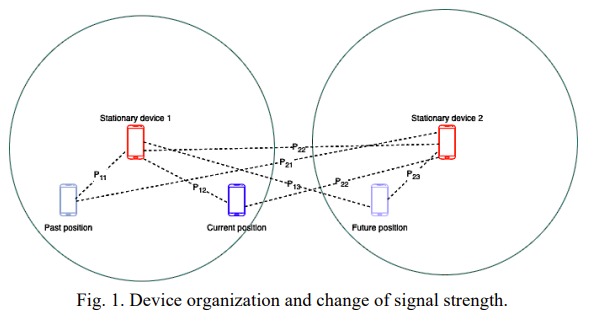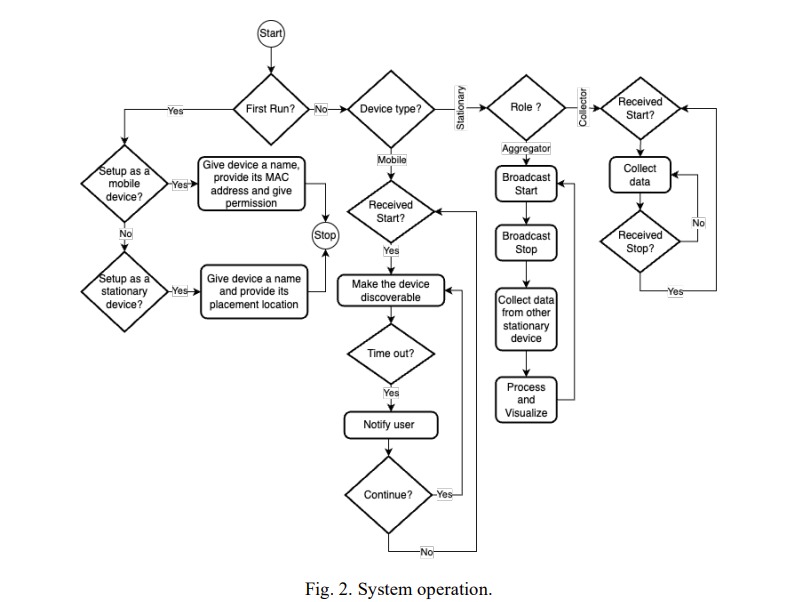The new paper titled A Mobile App-based Indoor Mobility Detection Approach using Bluetooth Signal Strength (PDF) by Muztaba Fuad, Anthony Smith and Debzani Deb from Winston-Salem State University, explores the development and application of a novel system for detecting indoor mobility patterns using the Bluetooth signal strength from mobile devices. This research is significant for its potential real-world applications, particularly in optimising indoor layouts for efficiency.

The research underscores the limitations of GPS in indoor settings, necessitating alternative localisation techniques such as Bluetooth for indoor mobility detection. The study is motivated by the potential efficiency improvements in industries like healthcare, where space optimisation can significantly enhance operational efficiency and patient care.
The approach uses a mobile application to collect Received Signal Strength Indicator (RSSI) data to determine paths taken by mobile devices within indoor spaces. The system comprises a vectorised algorithm for path determination, highlighting its low-cost and ease of implementation advantages. The methodology faced challenges related to software system creation, data collection and mobility detection. Despite these, the study demonstrates that Bluetooth RSSI data can effectively determine indoor paths with reasonable accuracy.

Experiments conducted in controlled indoor environments validated the system’s ability to detect mobility patterns accurately. Parameters such as data aggregation methods and normalisation significantly impacted the accuracy of detected paths. The study’s findings indicate that the proposed approach can effectively map indoor mobility without specialised hardware, relying solely on mobile devices and a custom application.
The authors conclude that while the system presents a promising solution for indoor mobility detection using Bluetooth RSSI, further research is necessary to improve accuracy and applicability in real-world scenarios. Future work will explore the impact of varying the number of stationary devices and the distance between them on detection accuracy. Additionally, real-world testing in clinical settings is planned to validate the approach’s effectiveness in operational environments.